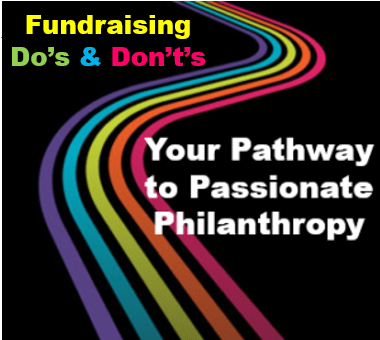4 Keys to Raise Money in Today’s Attention-Sucking Nonprofit Jungle

Wondering where fundraising is heading in our highly networked, overly saturated, noisy-as-all-get-out post-digital revolution world? A world that’s really a jungle, with so much competition for attention — for-profits, other nonprofits, socially conscious businesses, political campaigns, friends, and family?
Your mantra can no longer simply be about “creating awareness.”
Alas, attention is increasingly ephemeral.
The new nonprofit currency is not creating attention. It’s building loyalty.
You simply can’t afford to keep losing 8 out of 10 new donors. Which means it’s time to reframe how you do fundraising. It can’t be primarily about going after money. It has to be about giving, and receiving, love. If you do it the right way, money will follow as a natural outgrowth. [I’m going to talk about this more in an article focusing on “connection” next week.]
Today, I want to explore 4 keys to raising money in our revolutionized technological zeitgeist.
Of course, sometimes it’s easier said than done.
Bad News/Good News:
The fundraising environment is altered. Mostly due to technology.
Lots and lots of technology.
AI fuels both predictive models and automation. Software enables multiple, simultaneous email campaigns. New tools allow easy sharing and engagement on social media. High quality photography and video can be made with the ease of a smart phone. Multiple new places regularly emerge to find and connect with potential constituents. And on and on and on… If you feel you’re being hit almost daily with a firehose of new technologies, you’re not alone.
Technology has made it possible to do things never before imaginable.
But… possible and probable are not the same thing.
Details



 I’m a huge Seth Godin fan, always in awe of the plethora of wisdom he manages to pack into one pithy post. I save them up, building a collection I can draw upon for inspiration as life, personal and professional, pushes in.
I’m a huge Seth Godin fan, always in awe of the plethora of wisdom he manages to pack into one pithy post. I save them up, building a collection I can draw upon for inspiration as life, personal and professional, pushes in. You are known by the company you keep.
You are known by the company you keep.

 I had a fundraising post all ready to launch today, but I just couldn’t do it.
I had a fundraising post all ready to launch today, but I just couldn’t do it.